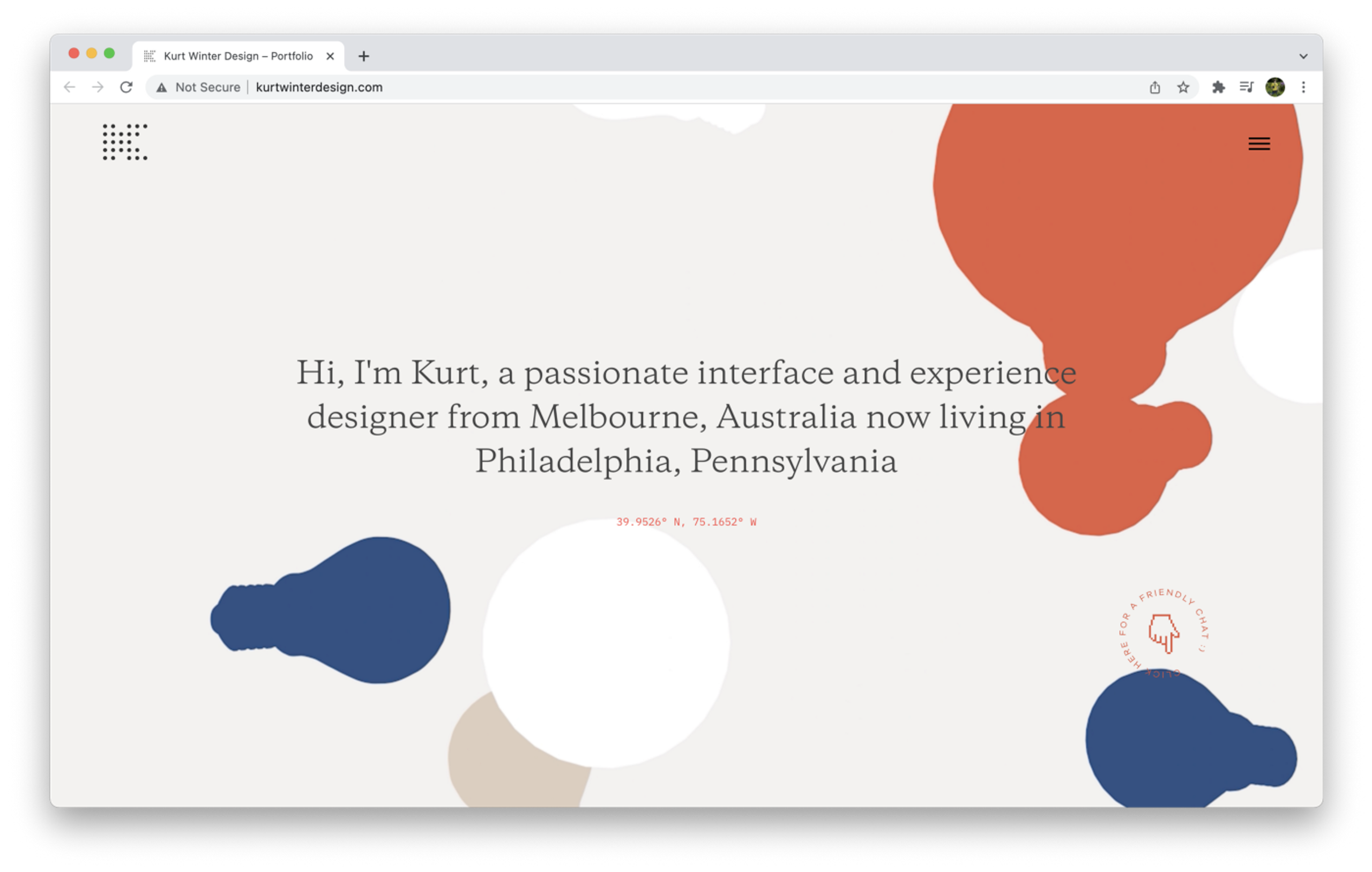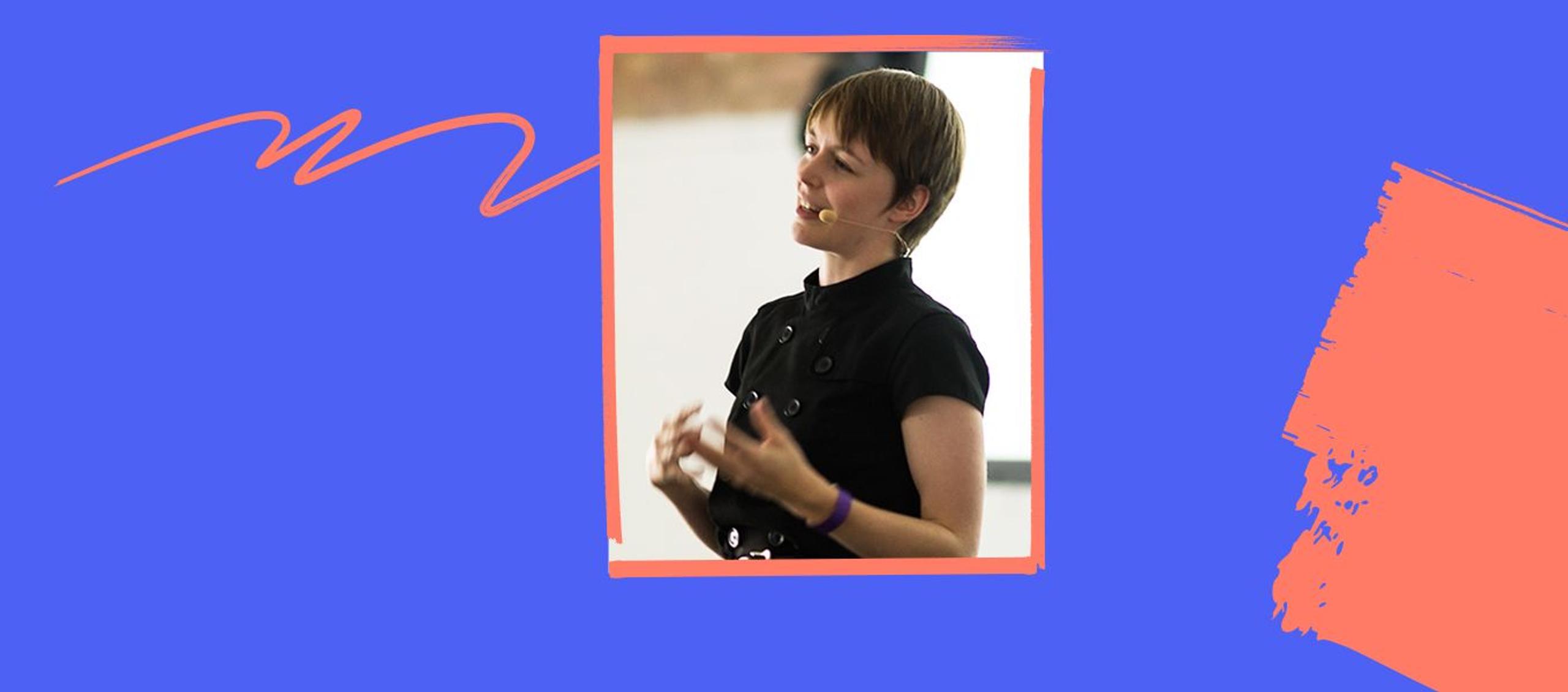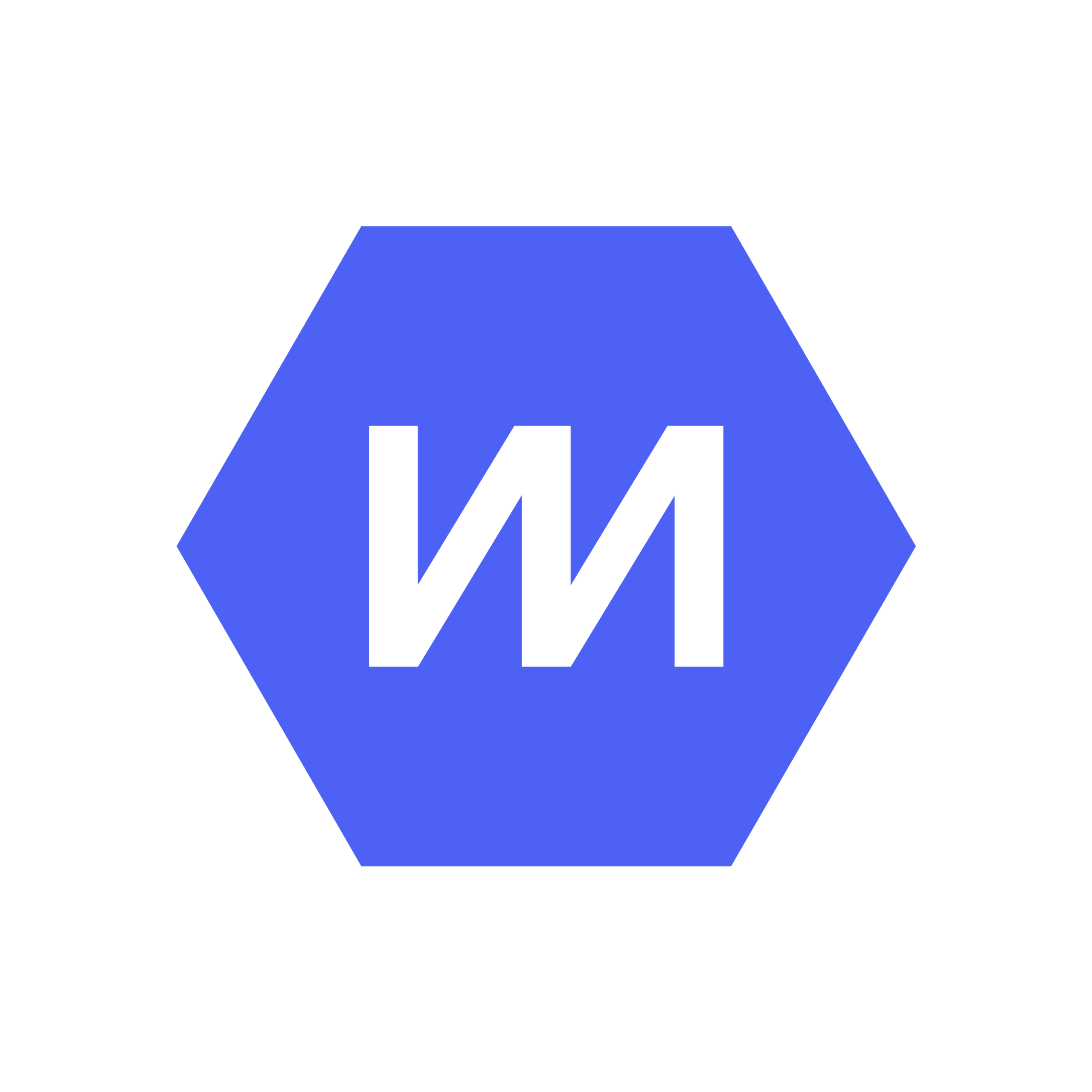In Rachel Simpson(opens new window)’s role as Head of Design at Multiverse, and previously as Design Lead and Manager at Google, she’s got plenty of experience with recruiting talented Product Designers. Having a strong portfolio is critical to getting hired.
What does a strong portfolio look like?
A portfolio is a limited set of your best projects described in case study format. It should be:
- Curated: 2–3 projects are enough, reviewers have 15-20 mins at first pass.
- Robust: communicate your thinking & process as succinctly as possible.
- Clear: the format should let your content shine.
What projects should I include?
Choose your very best work. Include pieces that are relevant to the roles you’re applying for. They should be recent, launched projects (if possible). Including older and weaker projects for the sake of volume won’t serve you well.
What should I include in each case study?
This is a balance — it should be concise, but explain the nuances of the problem and how you solved it. Include:
- What problem were you trying to solve, what were the constraints?
- What was your role — as part of a team, or as the sole designer?
- What did your design process look like? Include a selection of:
- Foundational & desk research, competitive review, user testing, heuristic analysis, user journey, etc.
- Lessons learned from mapping of the problem space.
- Documentation of workshops or sprints including takeaways.
- Sketches, mockups, prototypes, and motion / interaction explorations.
- Documentation from iterative testing of the concepts.
- Final screens, including some interaction details.
- How did the insights from research drive decisions made in the design?
- How did you solve problems specific to the interaction model or visual design? (Not all of them — just a few well-chosen examples)
- How did you solve implementation challenges regarding technical constraints?
- What was the impact when this project launched?
- What did you learn? What would you do differently next time?
Consider the visual design and communication of the content in your case studies. Can the reviewer get all the key information at a glance? Are the images large and clear? Do they do a good job of conveying the messages you’re trying to send in your description?
What tool should I use to build my portfolio?
A slide deck in pdf format or a website are both good options. The final outcome needs to be simple, easily understood, and allow your projects to shine. The interviewer isn’t evaluating your portfolio design itself, unless it distracts from your work. That’s why it’s often better to use a pdf when in doubt. A website with confusing navigation or janky animations is a strike against you.
Consider how easy it will be to update. You’ll want to add projects in the future. Something overly complex will become obsolete more quickly.
Common mistakes / issues
- Poor hierarchy, confusing spacing, or blurry / small images.
- Angled beauty shots of screens that make it hard to see your UX choices.
- Websites that load slowly or aren’t accessible on mobile make it hard to do a quick evaluation. Take the time to optimise as needed or use a pdf.
- Behance (and similar sites) lend themselves well to breadth of projects, but aren’t set up for a case study format.
A great example & why

Kurt Winter’s portfolio
Kurt Winter(opens new window), via Tobias van Schneider’s selection of great examples. Kurt’s portfolio is simple & polished. It features 3 case studies which are explained with the right level of depth and nuance, while keeping it as concise as possible. It’s also just lovely.
What about projects under NDA?
You may have projects that are under NDA, or have not been publicly released yet. If you want to share one of these projects, you can often still show it as long as you treat it carefully. You can blur images, remove the company name, or otherwise obscure details while still describing all of the important parts for your interviewer. Be sure to review the details of your NDA before proceeding.
That’s all for now folks! We’re currently hiring Senior Product Designers(opens new window) and Senior User Researchers(opens new window) to join our growing team in the UK and US. I hope to see your curated, robust, and clear portfolio very soon!

